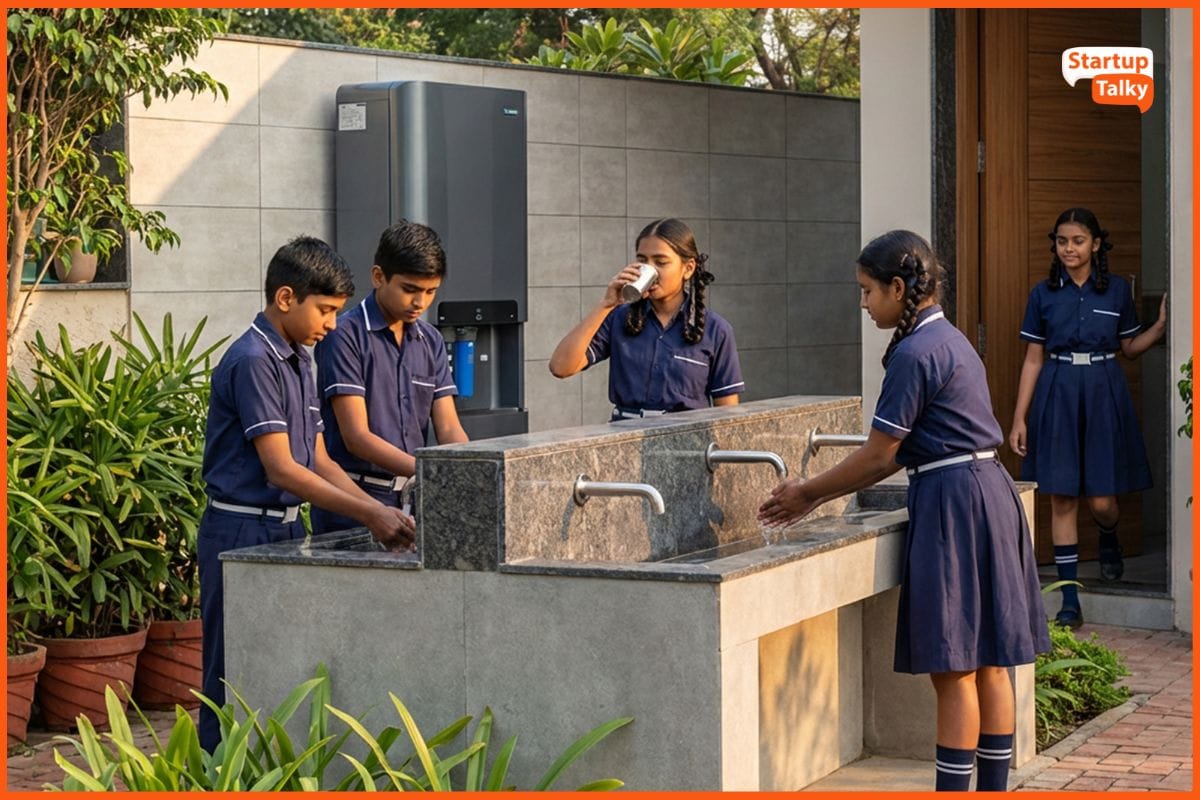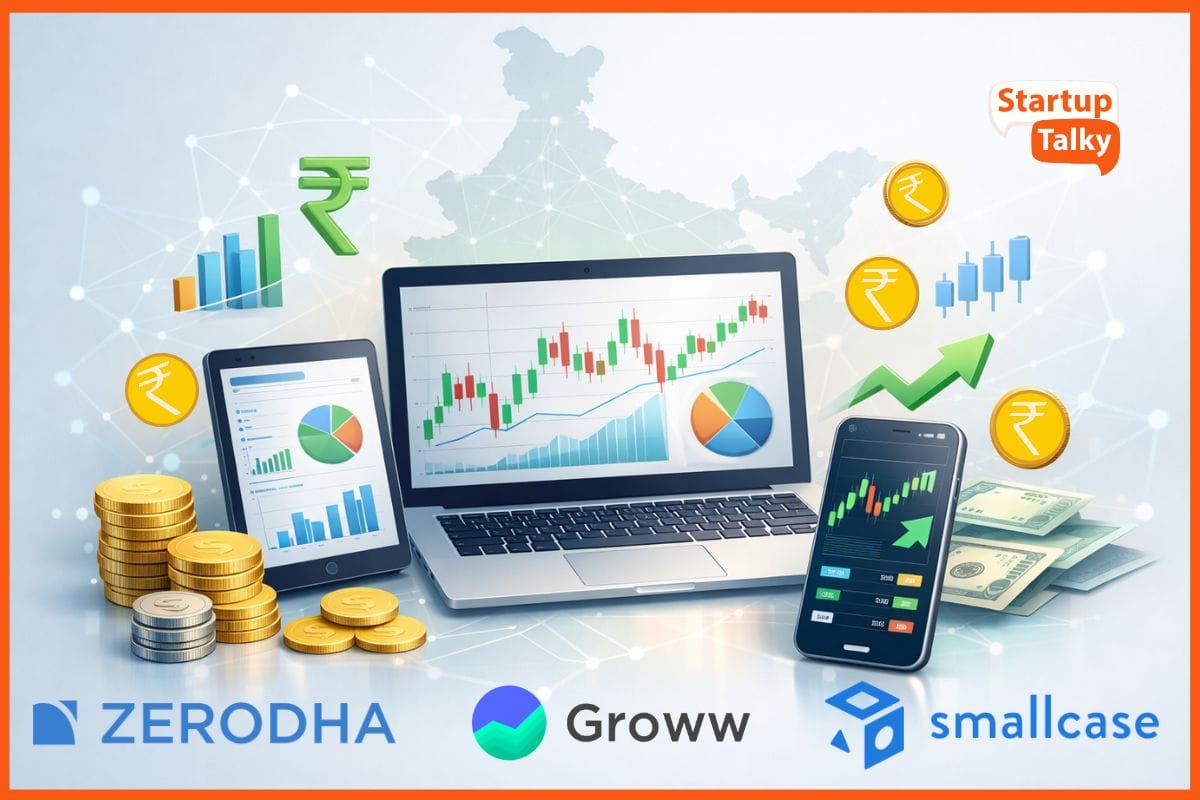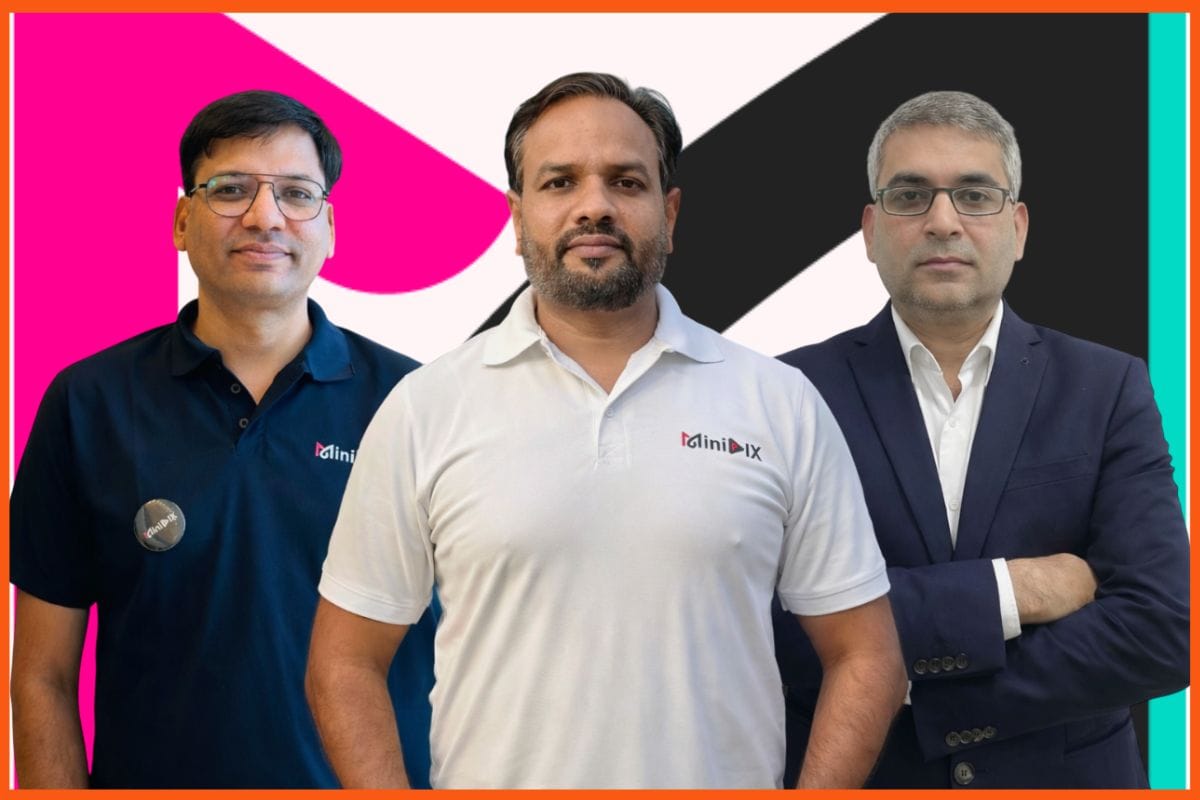On-Page SEO Techniques To Rank On The First Page Of Search Engines in 2020 (With Checklist)
SEO
On-Page SEO is the technique that is applied on web pages to improve the search engine ranking. These are under the webmaster's direct control. They are related to the site and page structure, to the web technologies involved in the implementation and design and generally to how the website is built.
If you don’t get On-Page SEO right, you have very little chance of securing top spots for competitive key phrases, even if you’ve got a fantastic outreach and PR campaign and an awesome link profile! It’s a common mistake to ignore the SEO and focus on getting links instead of what’s in your control that's the optimization of your site. With this in mind, here’s a brief guide to getting On-Page SEO right.
Before you start your On-Page SEO research, Here are some On-Page SEO techniques to rank on the first page of google.
On-Page SEO Techniques for Higher Rankings

Content of the page
It is what the user came to see and is thus extremely important to create good content from an SEO perspective. Hence your content must supply a demand. If you are targeting any particular keyword you want to rank make sure you include that particular keyword. But also keep in mind that individual keyword density must not be greater than 6%.
Content only accessible after logging in and content that can't be reproduced or shared are less likely to rank. Moreover Unique and frequently updated content is always good. Also, an SEO optimized post has more than 700 words.
Page Title tag
- Start the title with the main keyword. Then put its variations (plural, synonyms) in the title tag of a page.
- Keep only 55-65 characters.
- Keep it in the H1 tag
- No special character
- Use brief, but descriptive titles
- Accurately describe the page's content
- Always ensure you target one main keyword and variations per page
Meta Descriptions
Meta descriptions don’t contribute as a ranking signal anymore, but they’re still an incredibly important aspect of On-Page Optimization. Well written, approximately 156 -170 characters and essentially a sales pitch for what the landing page is about. Google can use them as a snippet.
- Accurately summarize the page's content.
- Use unique descriptions for each page.
Also read:
- These are the 9 Best ways to Boost App Downloads for Android & iOS in 2020
- Click Here to Know How to Create Quality Content that Ranks & bring Quality Traffic
Meta tags
For each of your pages, you can include a set of keywords in the form of meta tags. These should be all the relevant keywords of your content. Try to include these tags somewhere in the body
Body Tag
H1 tags are reserved for your main page title, with subsequent headings being issued H2, H3, etc. Make sure you write keyword-rich headings in the order of priority in H1, H2 and H3 title tags. They are used by many crawlers to differentiate important content. Always remember to highlight the important parts of the article.
SEO Friendly Permalink URLs
SEO friendly permalink URLs contains keywords that can explain the whole article and they are also easy to read both by human and search engines.
- 3-5 words in a URL are given more weight.
- Always use hyphens rather than underscores and try not to have main pages sitting too many directories deep in your site
- Never forget to include keyword
Also read:
- These Are The Best 13 Ways to Market Your eCommerce Website
- These are the different channels to advertise a start-up digitally
Dazzle with Multimedia
You need to include visuals to make your content more attractive to get more visitors. Engaging images, videos, and diagrams can reduce bounce rate and increase time on site. Visuals play an important role when it comes to user interaction ranking factors.
Image SEO
Images are important but these should not increase the loading time of the website.
- Use original images: If you need to use an existing image from the web you need to give credit to the source.
- Optimize the size of the images: The smaller the size (in bytes) of the image the better.
- Use ALT tags to describe the images: This helps search engines understand what the image is about.
- Use descriptive filenames: Don’t just name your image ‘image1.jpg’ but try to use descriptive filenames, for example, ‘Man doing push-ups.jpg’.Better if you keep your keyword.
- Use a Content Delivery Network: If you have a lot of images on a single page you can use a CDN service (from Amazon or Google) that will make your page load faster. In simple terms, your images will be hosted and served by many servers and this speeds up the loading process.
Use Outbound Links
Outbound links to related pages is a relevancy signal that helps Google figure out your page’s topic. It also shows Google that your page is a hub of quality info. Using the outbound link to link a popular site boosts page rank.
Internal Linking
Placing links to your other website pages is a great way of improving the quality of your articles and enhancing the site. Internal links not only does make it much easier for your visitors to navigate around your site and find all of your content, but it also ensures that your site gets properly crawled allowing the search engines to find all of your pages.
Also read:
- Click Here To Know How To Rank Site With The Help of Content Optimization?
- Everything You Need To Know About Facebook for Marketing
SEO Best Practices
- Try to start your content. Tag with keywords only
- The first sentence in the body text and the first words used per sentence are the most important ones for advanced On-Page SEO necessities, so choose it wisely.
- Creating new optimized content weekly.
- Drop Keyword in First 100 Word.
Things Not to Do
- Don’t try and trick the search engines by optimizing multiple pages for the same keyword.
- Don't spam or over-optimize meta tags and always think about what works for users before the search engines.
- Don’t keep repeating your main target keyword in each tag, rather use variations which enhance the value of the content
Check your page now!
On-Page SEO Checklist Content

- Content is original – Copyscape checked?
- Content is first published on your website?
- Does the content have enough descriptive text?
- Content is well researched with references?
- Do you have a clear publishing strategy?
- Pages Titles, description and formatting
Page titles are unique for each page?
Descriptions are unique and up to 150 characters?
Text is properly formatted using H1, H2, Bold, Italics?
Text is split into small paragraphs?
Font size is easy to read on small screens (tablets) as well?
Image size is optimized using smush it?
All images have alt tags defined?
The image filename is descriptive? - URL Structure
Permanent links use ‘-‘ as a separator?
Website pages/posts are grouped into categories?
Is there breadcrumb on all posts/pages?
Is there an HTML User Sitemap? - Internal Links
Do pages have internal links?
There is a ‘Related Posts’ section at the end of each page?
Do internal links use both keyword and non-keyword anchor text? - Speed and Authorship
Is the website score more than 90% when checked by Google page speed insights?
Google Authorship is implemented for every post/page available on the website?
Also read: This is How You Can Use A/B testing to increase your sales
Conclusion
If you are running your business online or if you have a blog you need to follow best SEO practices to get your website rank higher on the search engines. All the small businesses must get the Local SEO done to convert the potential customer into buying customer. SEO is important for increasing the traffic and should be a focus of every online business's priority to check-in. Tell us how you use SEO in your articles, in the comment section below.
Must have tools for startups - Recommended by StartupTalky
- Convert Visitors into Leads- SeizeLead
- Website Builder SquareSpace
- Manage your business Smoothly Google Business Suite





